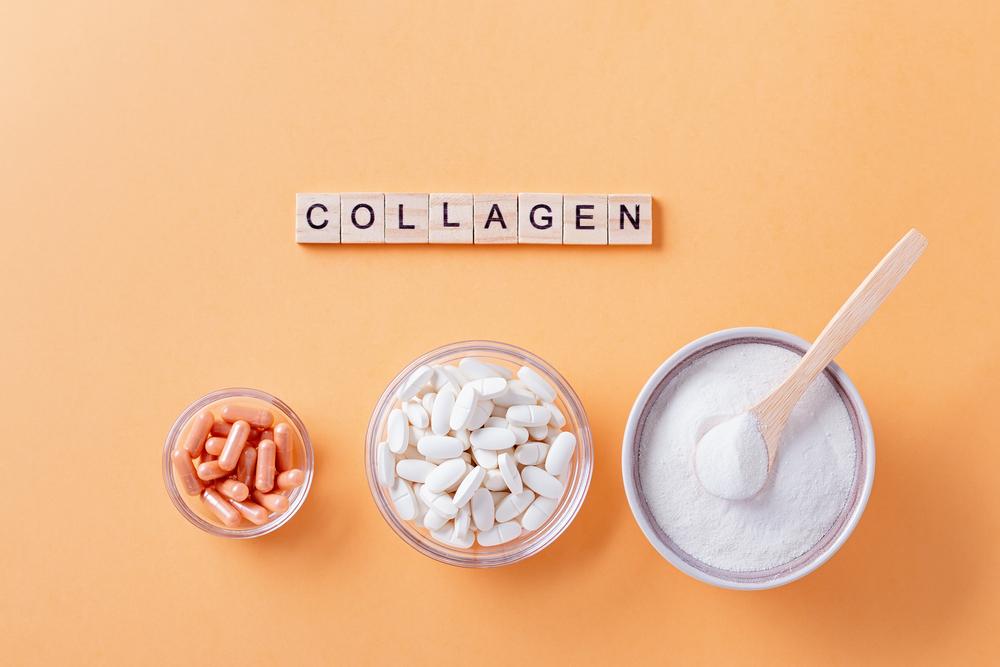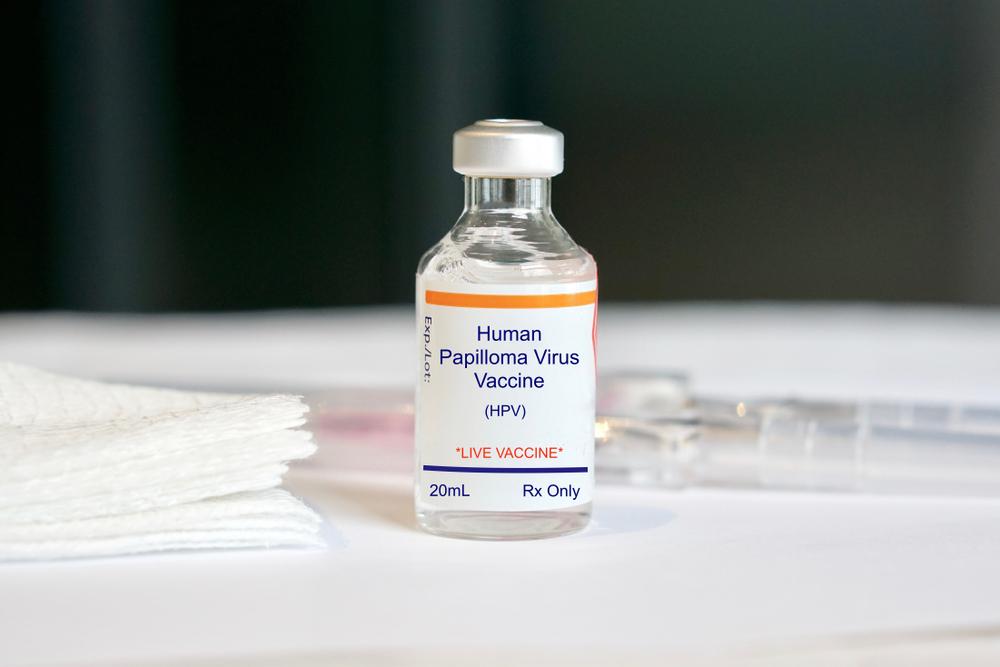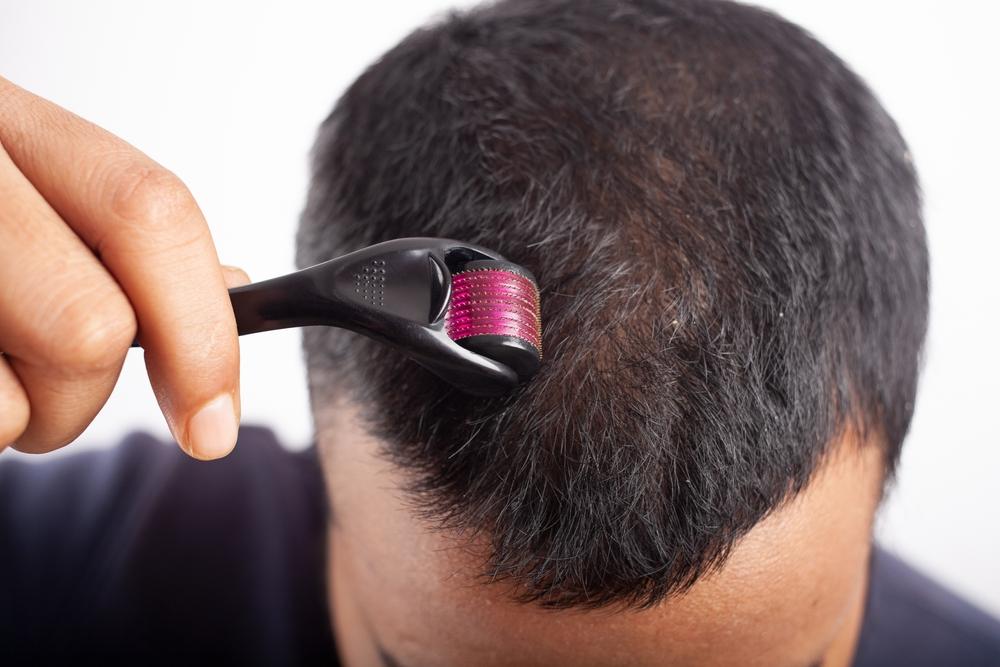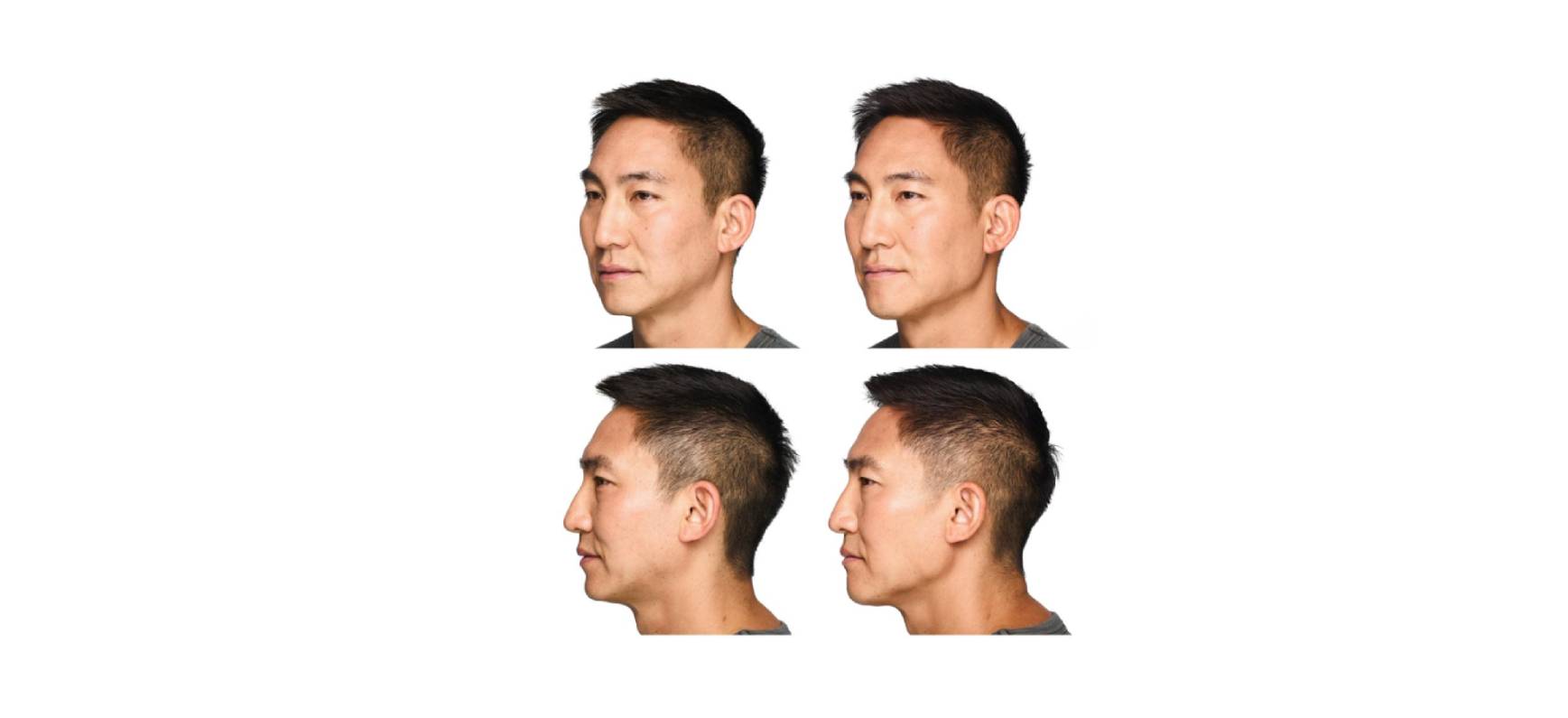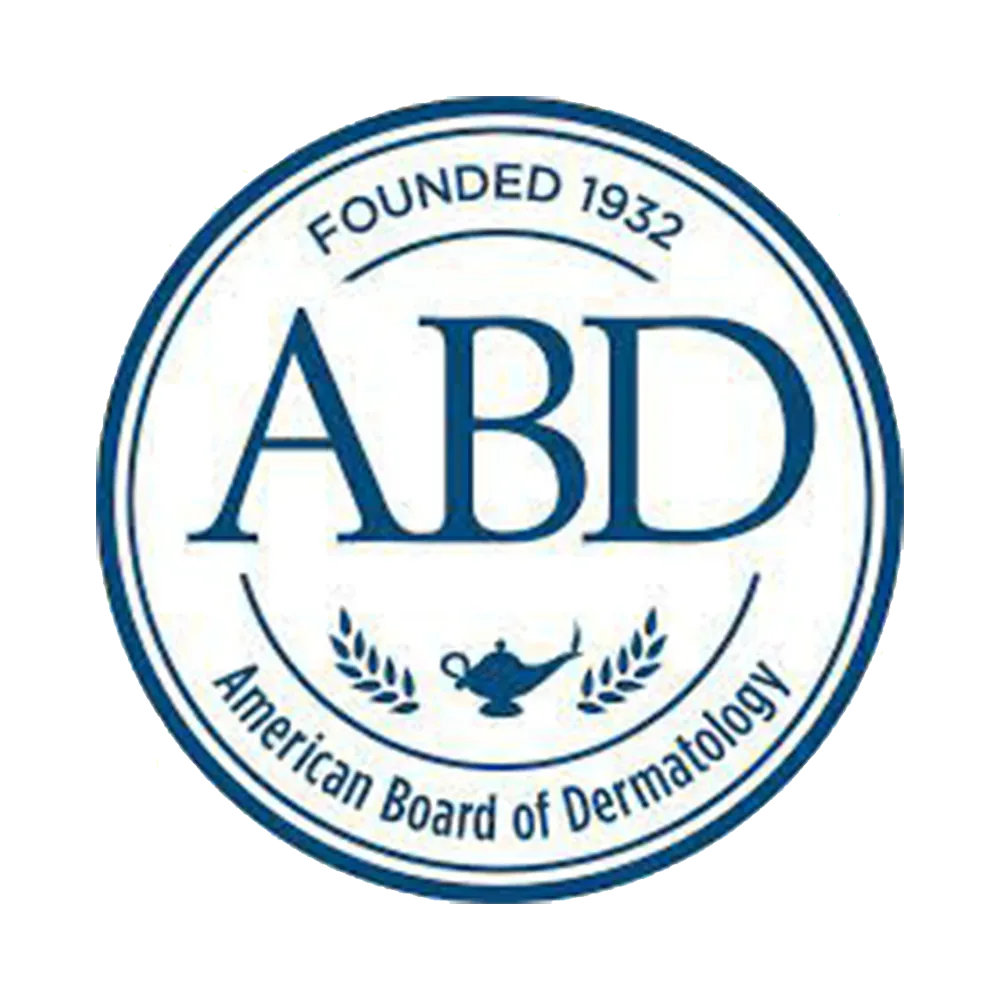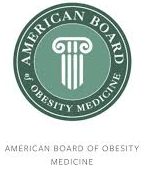Acne scars are a common skin concern for many individuals, particularly those who have experienced severe acne. They occur as a result of inflammation caused by acne blemishes, and they can vary in shape, size, and appearance. There are several different types of acne scars, each with unique characteristics. Here, we’ll explore icepick, rolling, and boxcar acne scars and acne scar treatments in more detail:
1. Icepick Scars
Appearance: Icepick scars are deep, narrow scars that extend into the dermis. Giving them the appearance of being punctured by a sharp instrument like an ice pick. They are typically small but can be quite noticeable due to their depth.
Causes: These scars are usually caused by cystic acne, which is a type of acne that forms deep within the skin and results in large, red, and painful blemishes.
Treatment: Icepick scars can be challenging to treat due to their depth. Options may include laser therapy, chemical peels, or punch excisions.
2. Rolling Scars
Appearance: Rolling scars have a wave-like appearance and create indentations in the skin. They tend to be wide and shallow, giving the skin a rolling or undulating appearance.
Causes: These scars are typically the result of long-term inflammatory acne and are often found on the lower cheeks and jaw.
Treatment: Treatments for rolling scars aim to break up the fibrous bands that cause the skin to pull downwards, creating the rolling appearance. Options can include subcision (where a needle is used to break up the fibers), laser therapy, or micro-needling.
3. Boxcar Scars
Appearance: Boxcar scars are round or oval depressions in the skin with steep, defined edges. They can vary in depth and are wider than icepick scars.
Causes: Like icepick scars, boxcar scars are often the result of cystic acne. However, they can also be caused by varicella (chickenpox) or other skin conditions.
Treatment: Treatment options depend on the depth of the scar and may include laser therapy, dermal fillers, or surgical removal for deeper scars.
Addressing Acne Scars
While these types of acne scars are among the most common, it’s important to note that individuals may experience a combination of different scar types. Acne Scar Treatments are often tailored to the individual’s specific type of scarring, skin type, and treatment goals. Options can range from topical treatments and minimally invasive procedures to surgical interventions.
For those considering treatment for acne scars, consulting with a dermatologist or skincare professional is an essential first step. These experts can provide a thorough evaluation, discuss available treatment options, and create a personalized treatment plan to address the specific types of acne scars and achieve the best possible outcome.
Treating acne scars requires a multi-faceted approach, often combining various treatments to achieve the best results. Here, we’ll explore the treatments of Micro-needling with RF, chemical peels with a focus on the TCA CROSS technique, and Bellafill for different types of acne scars:
1. Micro-needling with Radiofrequency (RF)
How it Works: Micro-needling with RF combines the collagen-inducing effects of Micro-needling with the skin tightening benefits of radiofrequency energy. Tiny needles create micro-injuries in the skin, prompting the body to produce more collagen. Simultaneously, RF energy penetrates the skin to tighten and rejuvenate.
Best For: This treatment is effective for various types of acne scars, including rolling and boxcar scars. It may also provide some improvement for icepick scars, although these can be more challenging to treat.
Results and Downtime: Patients typically notice an improvement in the texture and appearance of their skin over the course of several sessions. There is minimal downtime, with some redness and swelling expected for a few days after treatment.
2. Chemical Peels (TCA CROSS Technique)
How it Works: The TCA CROSS (Chemical Reconstruction of Skin Scars) technique involves applying a high concentration of trichloroacetic acid (TCA) directly to the acne scars. This causes a controlled chemical burn, which leads to the formation of new collagen and can help lift the scar.
Best For: The TCA CROSS technique is particularly effective for icepick and smaller boxcar scars.
Results and Downtime: Improvement can be seen after several treatments, spaced a few weeks apart. Downtime includes a few days of redness, peeling, and potential crusting on the treated areas.
3. Bellafill
How it Works: Bellafill is a dermal filler that combines a collagen gel with PMMA microspheres. The collagen provides immediate volume to lift and smooth out scars, while the PMMA microspheres create a scaffold that supports the production of the body’s own collagen over time.
Best For: Bellafill is FDA-approved for the treatment of moderate to severe atrophic, distensible facial acne scars on the cheek in patients over the age of 21. It is particularly effective for rolling scars and some boxcar scars.
Results and Downtime: Results are immediate and can last for several years, making Bellafill one of the longer-lasting treatments for acne scars. There is minimal downtime, with potential for some redness and swelling at the injection site.
Choosing the Right Acne Scar Treatments
The best treatment for acne scars depends on the type of scars, the patient’s skin type, and their treatment goals.
In some cases, a combination of treatments may be recommended for optimal results. For example, a patient might undergo Micro-needling with RF to improve overall skin texture and then use Bellafill to specifically target deeper scars.
Ultimately, while treating acne scars can be a process, these advanced acne scar treatments provide effective options to improve skin texture and appearance, boosting patients’ confidence and quality of life.
If you’re looking for expert guidance in managing your skin health, we invite you to book a consultation with Dr. Sullivan at Sullivan Dermatology.
The journey to a more confident you starts with one decision. That is the decision to get treated, why wait? If you’re on the fence or have questions brewing, remember: We at Sullivan Dermatology are always here to help.
If you have any concerns, don’t hesitate to reach out to us at Sullivan Dermatology – we’re here to make you your best!



